Emergency preparedness and response (EPR)
Safe Atoms for the Welfare of Mankind
The program was developed to train managers and specialists of structural units of nuclear power plants who plan, ensure preparedness and implement measures to protect personnel and the public in emergency at a nuclear power plant.
According to IAEA standards emergency Preparedness and Response must be provided not only on NPP, but also at different small reactors or activities which involve hazardous radioactive materials. All of these objects are covered by EPR activities.
Key Points
- the program was developed in cooperation with the IAEA;
- representatives of ROSATOM participate in the implementation of the program;
- individual approach to training;
- application of distance learning technologies;
- research activities, regular participation in seminars, conferences, forums;
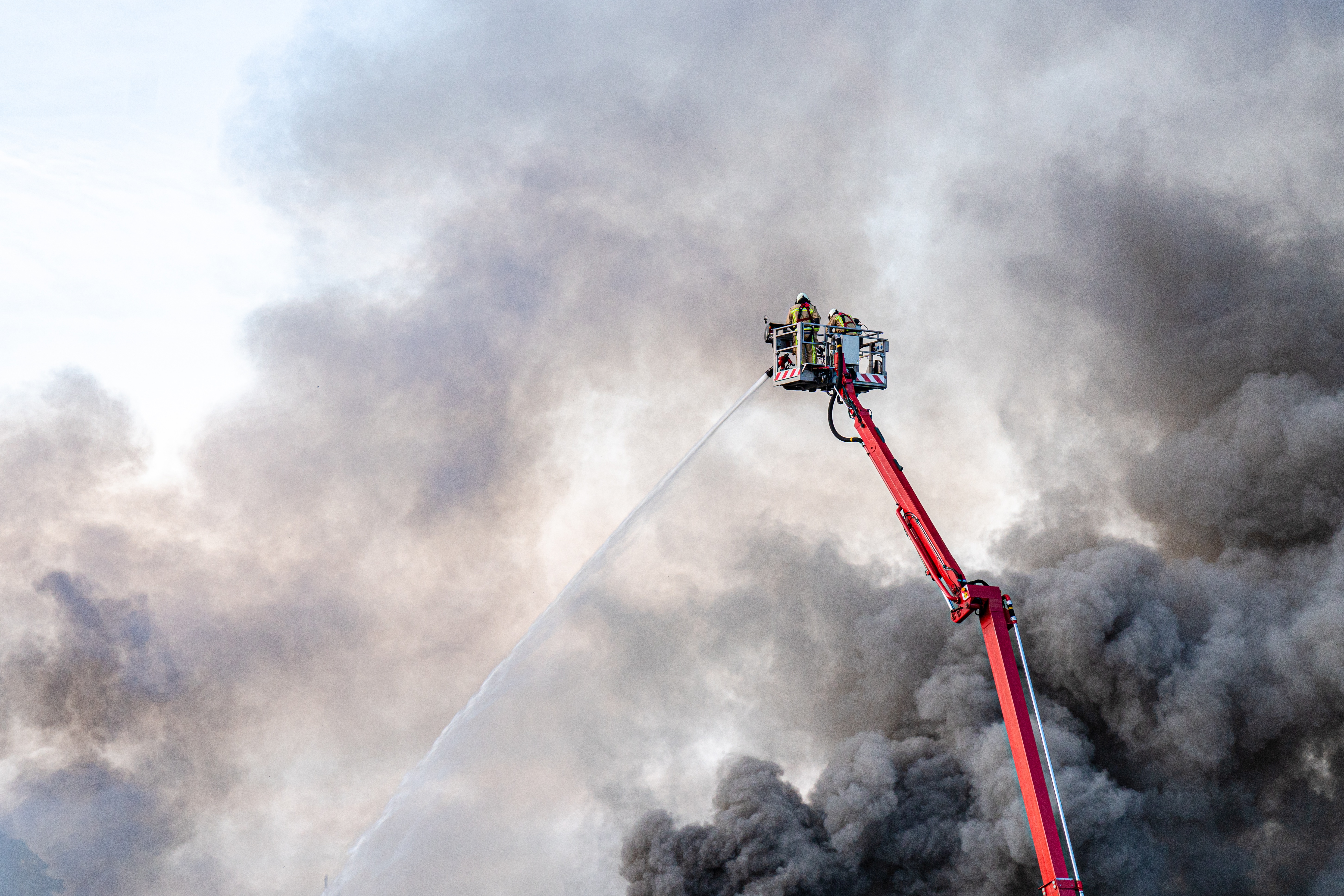
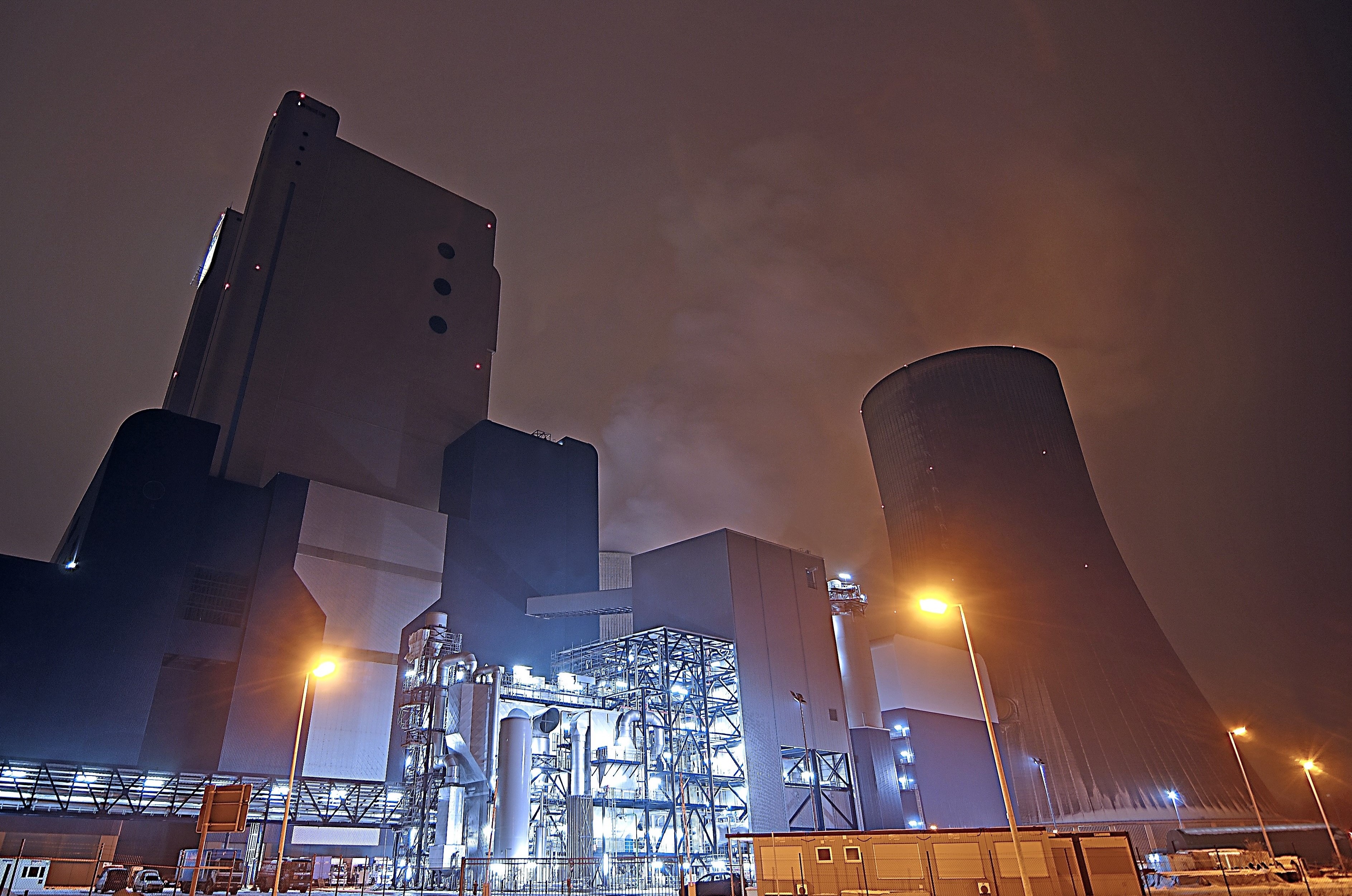
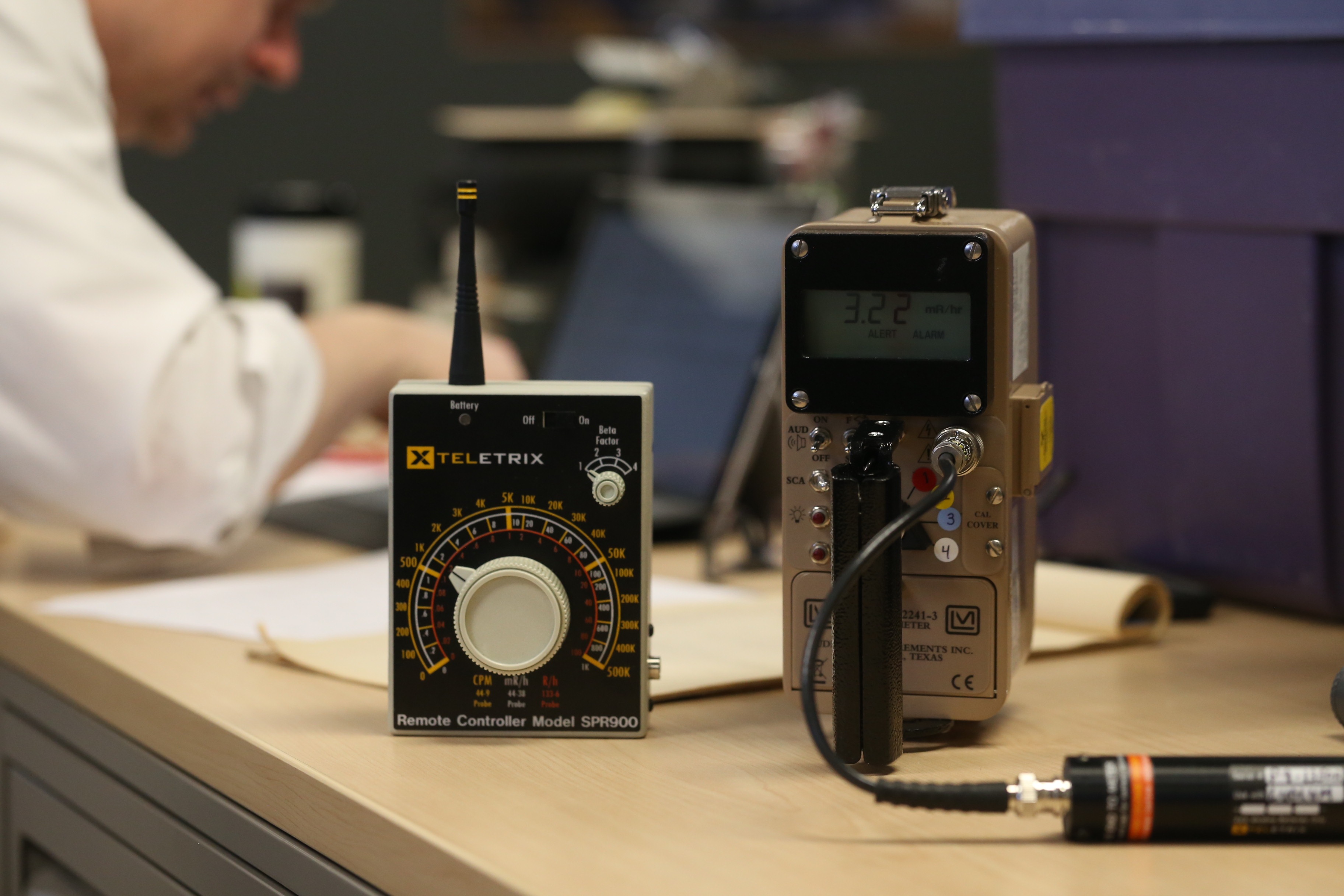
About the program
|
The world's first nuclear and radiological emergency preparedness and response Master's program |
|
|
Preferable education or work experience in the following fields:
|
|
|
|
2 years , full-time at SPbPU |
|
|
SPbPU Master Degree Diploma |
120 ECTS |
|
English |
| № | Discipline | ECTS | Semester |
|---|---|---|---|
| Scientific module | |||
| 1 |
Digital resources in scientific research |
3 | 1 |
| 2 |
Digital resources in scientific research |
3 | 1 |
| 3 |
History and methodology of science |
3 | 1 |
|
Basic module |
|||
| 4 |
Security monitoring and expertise |
5 | 2 |
| 5 |
Technosphere safety legislation |
4 | 1 |
| 6 |
Risk management, systems analysis and modeling |
5 | 1 |
| 7 |
Safety and security training |
5 | 1 |
| 8 |
Statistics |
4 | 2 |
| 9 |
Project management in technosphere safety |
4 | 2 |
|
Professional module |
|||
| 10 |
EPRC0. Concepts of radiation and common practices |
6 | 2 |
| 11 |
EPRC1. Introduction to EPR. General requirements for EPR |
6 | 2 |
| 12 |
EPRC2: Functional requirements for EPR |
6 | 3 |
| 13 | EPRC3. Infrastructure for EPR | 6 | 3 |
| 14 |
Elective courses (5 courses) |
20 | 3-4 |
|
Project/Practice |
|||
| 15 |
Practical exercises |
6 | 2 |
| 16 |
Internship |
6 | 4 |
| 17 | Undergraduate practice | 9 | 4 |
| 18 |
Research work |
13 | 1,2,3,4 |
|
State final examination |
|||
| 19 |
Thesis |
6 | 4 |
Elective courses:
- Dose assessment
- Protection and decontamination of personnel
- Radioactive waste management
- Combined emergencies
- EPR organization, structures and capabilities
- Development and use of emergency action levels (EALs)
- Development and use of operational intervention levels (OILs)
- Assessment and prognosis
- Hazard assessment
- Testing and exercising emergency preparedness
- Lessons learned from response to the past nuclear and radiological emergencies
- Advanced technologies for EPR
- Development of arrangements in emergency preparedness and response for a nuclear facility
- Improving the procedure for hazard assessment of nuclear accidents using risk theory
- Evacuation planning using simulation methods
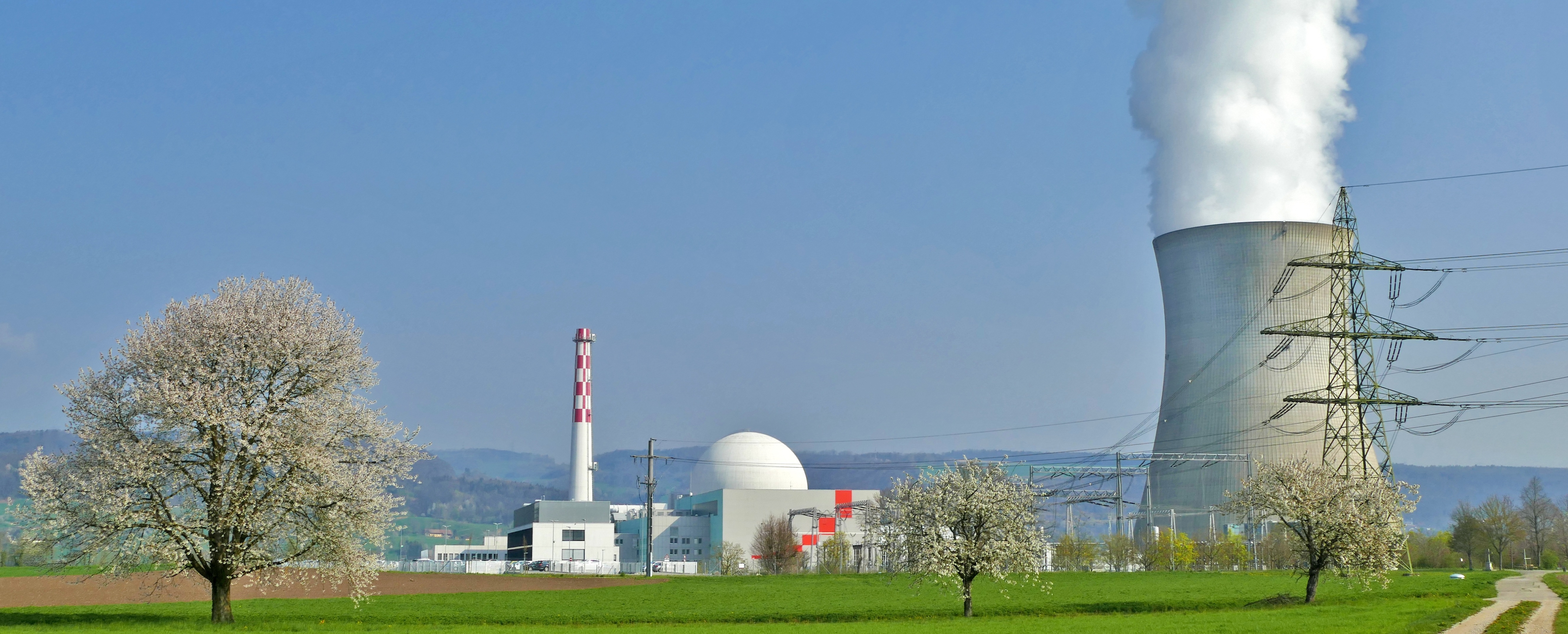
Admission procedure
You are kindly required to fill in an on-line application. International applicants may find additional information concerning admission at SPbPU web-site.
Program Partners
The International Atomic Energy Agency is the world's central intergovernmental forum for scientific and technical co-operation in the nuclear field. It works for the safe, secure and peaceful uses of nuclear science and technology, contributing to international peace and security and the United Nations' Sustainable Development Goals.

Rosatom Technical Academy (Rosatom Tech) – is the Center of Excellence for building competence in nuclear engineering. Mission: We increase the professional competencies of workers in the global sphere of nuclear technology to meet the goals of sustainable development worldwide. Training is generally understood as a skill oriented application driven process, the skills (qualifications) being required by specific positions in the nuclear sector. Tuning engineers and scientists to nuclear engineering could be well done by the training programmes in International Training Centre of Rosatom Technical Academy (Rosatom Tech) in cooperation with experts from organizations affiliated to State Atomic Energy Corporation “Rosatom”.

Emergency Technical Center of ROSATOM was created to organize and conduct emergency rescue and other urgent work in case of radiation accidents and incidents. The mission of the Rosatom ETC is to fulfill the state tasks of nuclear and radiation safety and achieve leadership in the field of response to radiation accidents The main task of emergency rescue units is to prevent and eliminate the consequences of accidents with a radiation factor at nuclear and radiation-hazardous facilities (NAR) in the industry and during the transportation of nuclear materials and radioactive substances.
Possible practice placement:
Additional Benefits
The IAEA Marie Sklodowska-Curie Fellowship Program is provided
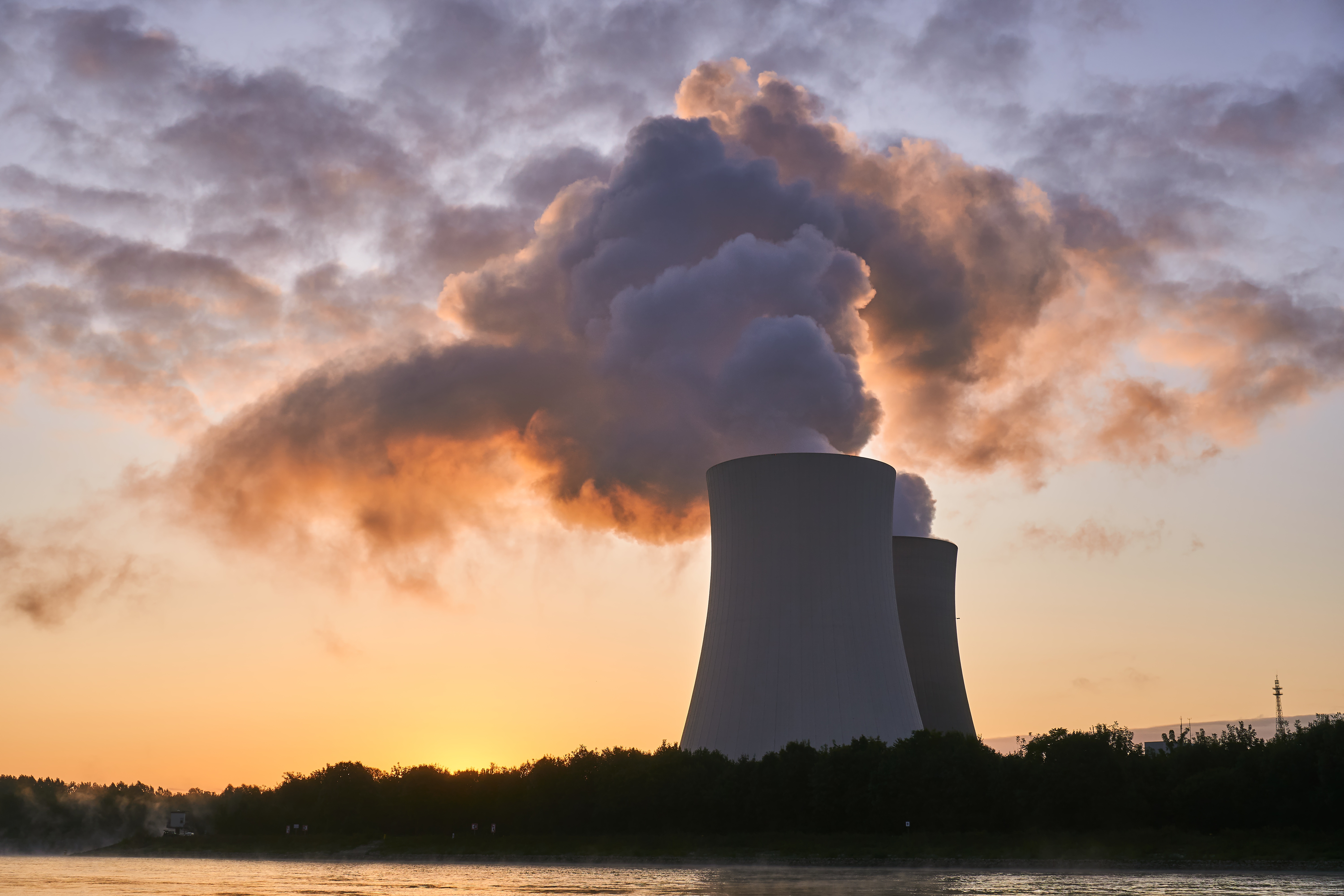
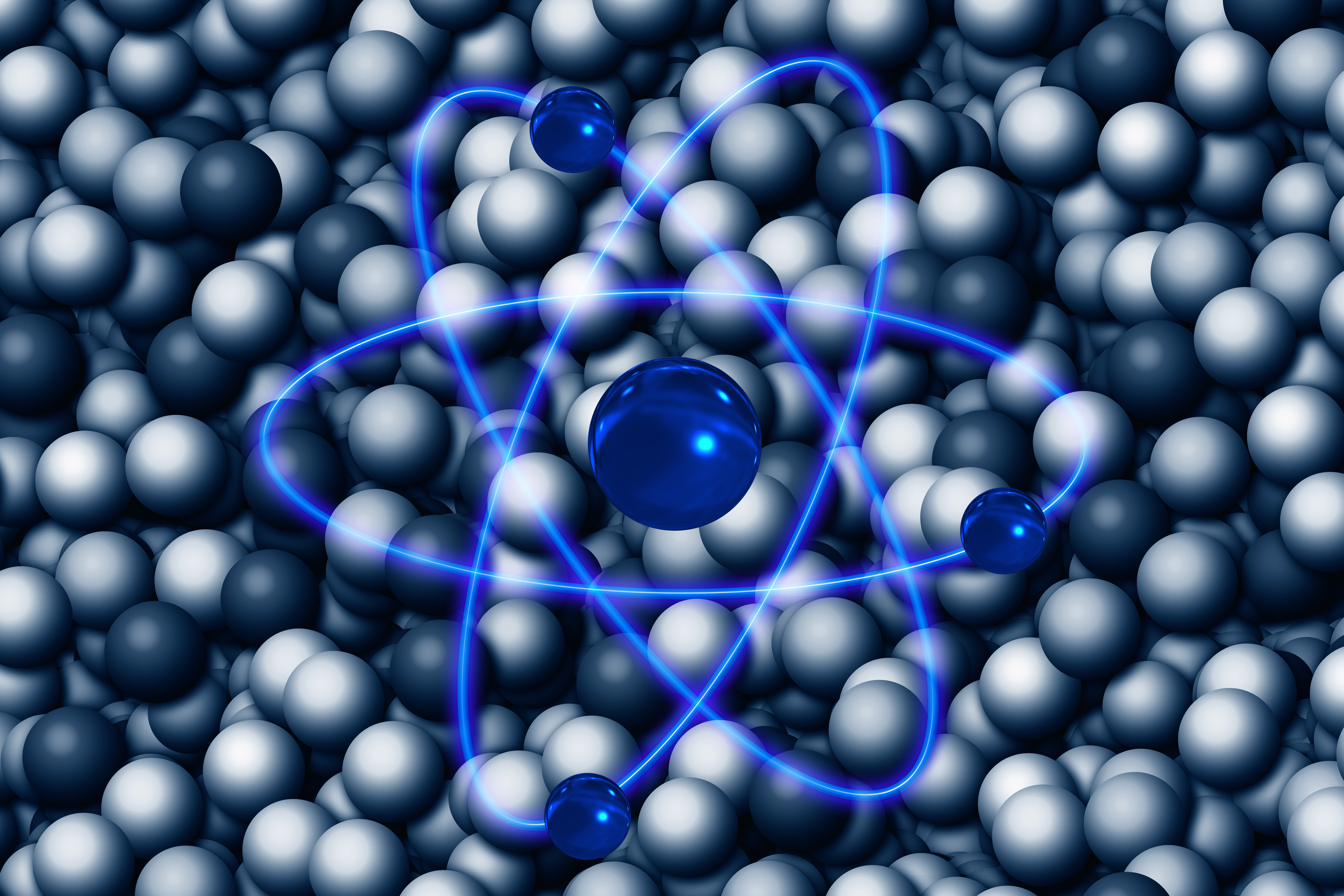
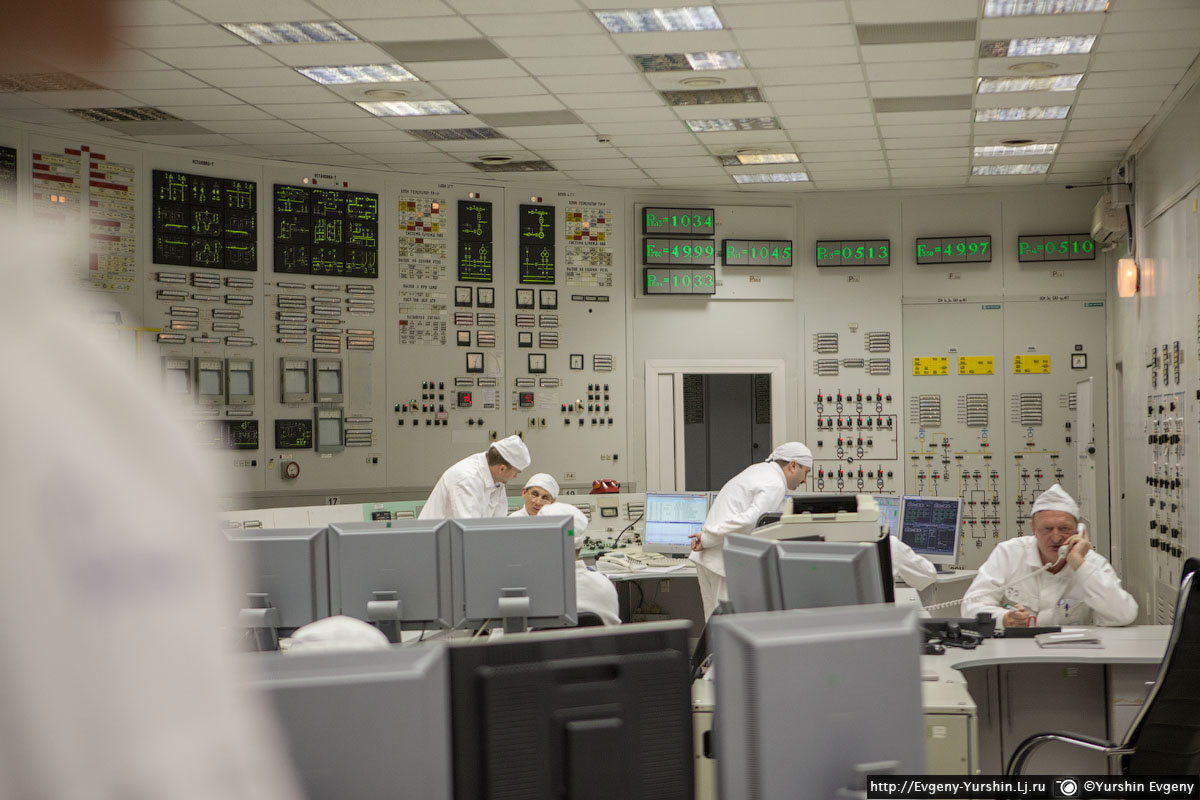
Learn more about MSc Degree Emergency preparedness and response
Contact details
Institute of Civil Engineering, Graduate School of Technosphere Safety
- Office number 431, Hydro Building-1, Polytechnicheskaya, 29, St.Petersburg, Russia, 195251
- Anton Byzov, Program coordinator
- +7(812) 552-98-24
- byzov_ap@spbstu.ru
- eprspbpu@gmail.com

